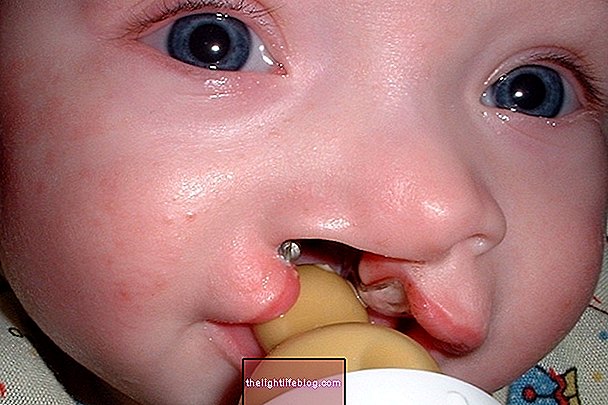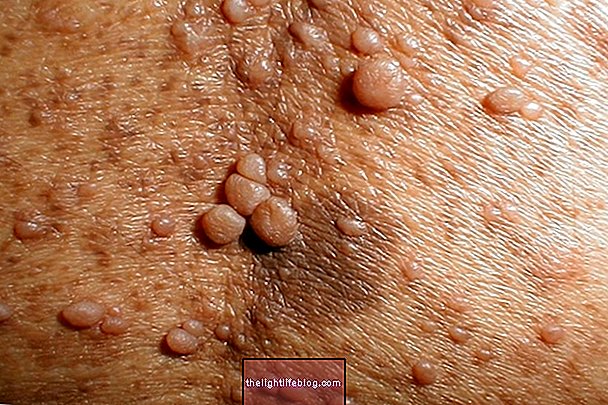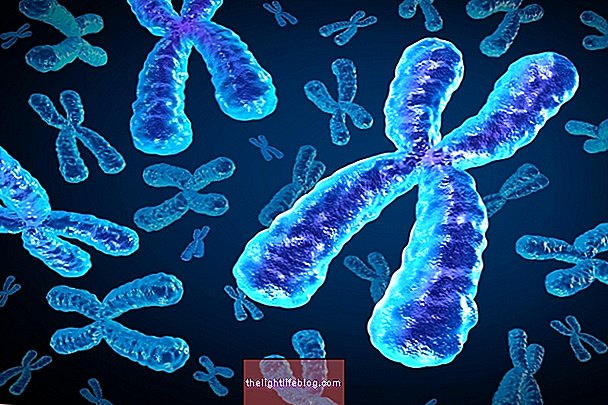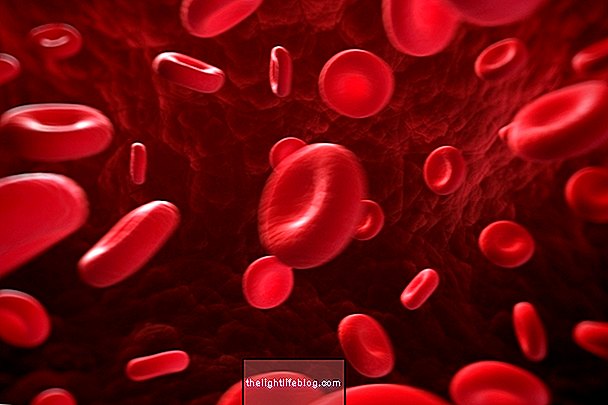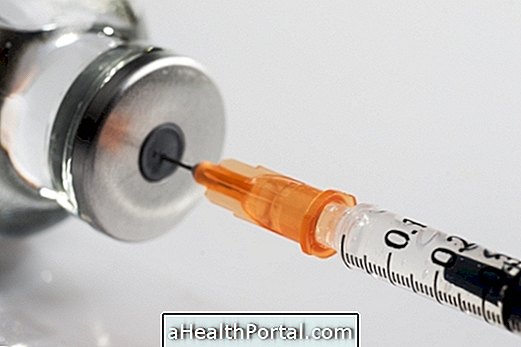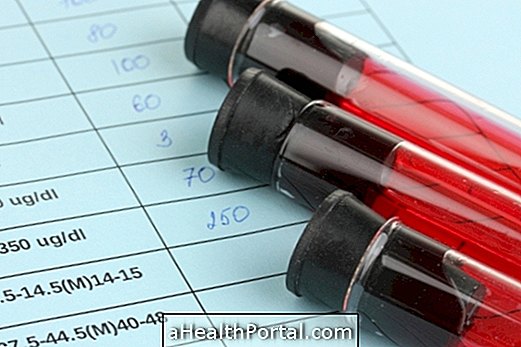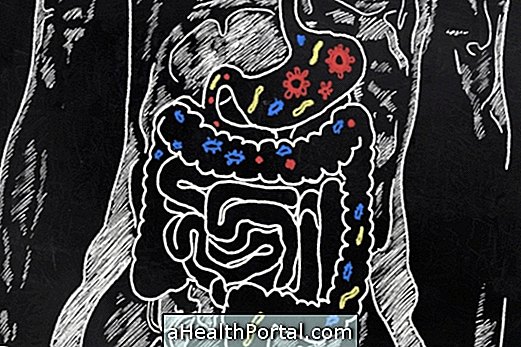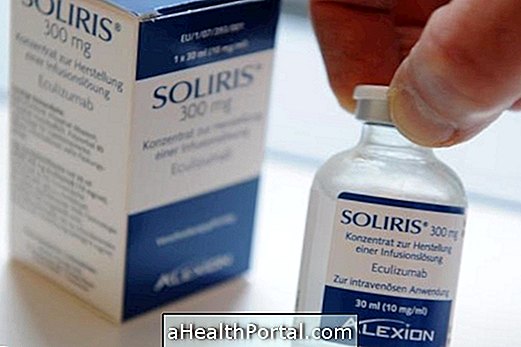Kallman's Syndrome is a rare genetic disease that is characterized by a delay in puberty and a reduction or absence of smell, due to a deficiency in the production of the gonadotropin-releasing hormone.
Treatment consists of the administration of gonadotropins and sex hormones and should be done as early as possible in order to avoid physical and psychological consequences.

What are the symptoms
Symptoms depend on the genes that undergo the mutations, the most common being the absence or reduction of smell to delays in puberty.
However, other symptoms may occur, such as color blindness, visual changes, deafness, cleft palate, renal and neurological abnormalities, and absence of descent of the testicles into the scrotum.
Possible causes
Kallmann's syndrome runs due to mutations in genes that encode proteins responsible for neuronal development, causing changes in the development of the olfactory bulb and a consequent change in the levels of gonadotropin-releasing hormone (GnRH).
Congenital GnRH deficiency means that the hormones LH and FSH are not produced in sufficient quantities to stimulate the sexual organs to produce testosterone and estradiol, for example, delaying puberty. See what are the bodily changes that happen at puberty.
How the diagnosis is made
Children who do not start sexual development at around 13 years of age in girls and 14 years of age in boys, or children who do not progress normally during adolescence, should be evaluated by the doctor.
The doctor should analyze the person's medical history, perform a physical examination and request the measurement of plasma gonadotropin levels.
Diagnosis must be made in time to start hormone replacement treatment and prevent the physical and psychological consequences of delayed puberty
What is the treatment
Treatment in men should be carried out in the long term, with the administration of human chorionic gonadotropin or testosterone and in women with cyclic estrogen and progesterone.
Fertility can also be restored by administering gonadotropins or using a portable infusion pump to deliver pulsed subcutaneous GnRH.
Was this information helpful?
Yes No
Your opinion is important! Write here how we can improve our text:
Any questions? Click here to be answered.
Email in which you want to receive a reply:
Check the confirmation email we sent you.
Your name:
Reason for visit:
--- Choose your reason --- DiseaseLive betterHelp another personGain knowledge
Are you a health professional?
NoMedicalPharmaceuticalsNurseNutritionistBiomedicalPhysiotherapistBeauticianOther
